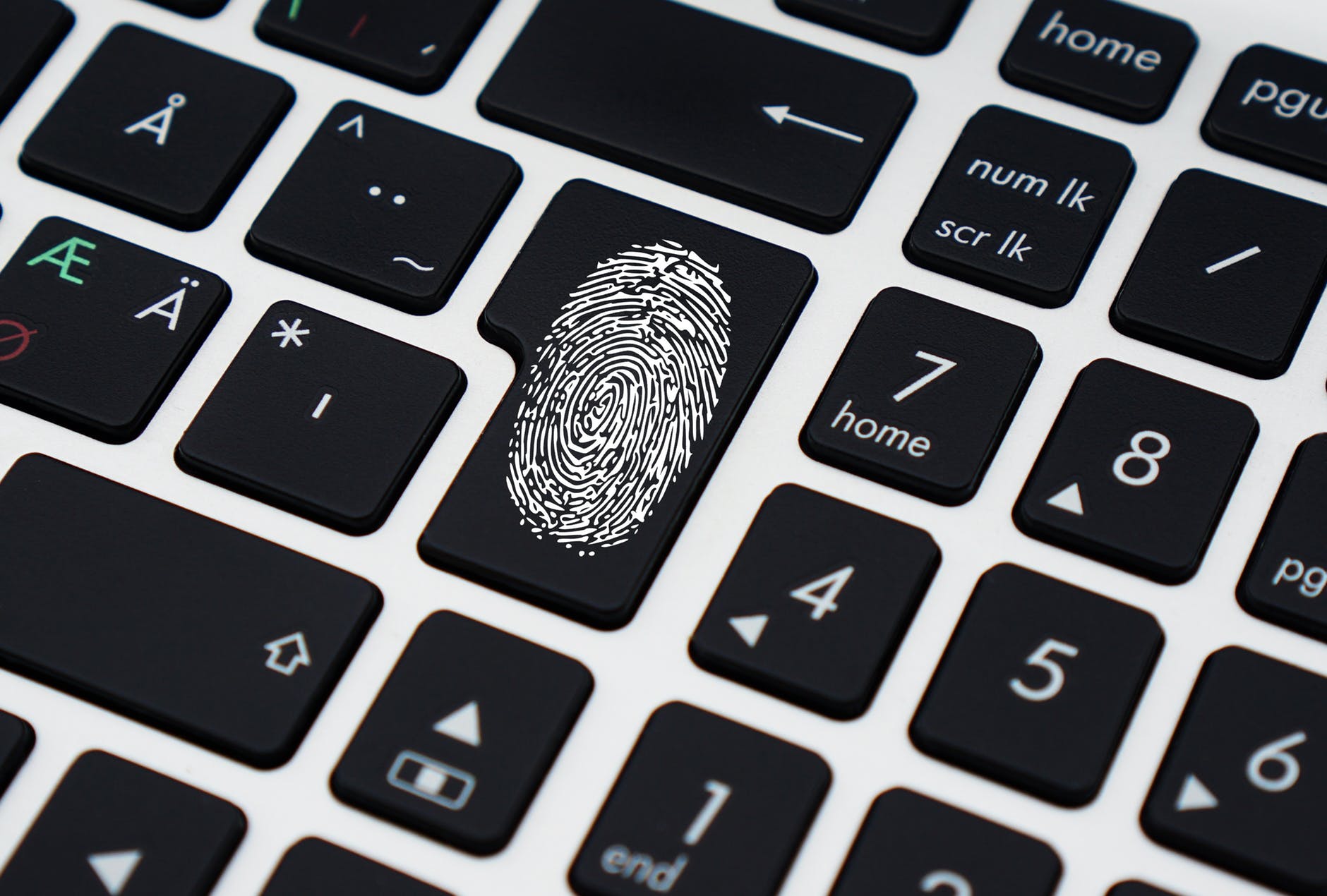The government of India is a leader in biometric adoption for payments.
More than 1 billion Indian consumers have established a digital identity with the government, which requires users to submit fingerprints, iris scan recognition, and a photograph to collect social welfare payments.
Collecting this biometric information took fewer than 10 years, and now India has the tools to identify all of the citizens and to increase financial inclusion and digital payments in underserved areas.
Biometrics and What They Can Do
As fingerprint recognition becomes the norm, other biometric technologies, like voice, facial, and vein pattern recognition have emerged.
Companies are quickly integrating biometrics for payment and money transfer authorizations due to major increases in individuals using mobile devices for shopping and banking services.
Biometrics security is one of the safest, newest ways to authorize transactions. Many are intrigued with the security of biometrics because people cannot forget or guess them, like you can passwords and CVV codes. Most importantly, individuals’ identities are verified with a greater levels of accuracy.
Mobile biometrics will authenticate $2 trillion in remote and in-store payments in 2023. This is up from an estimated $124 billion in 2018, according to a Juniper Research Study. Projections show that the fastest growth will come from biometrically-verified mobile commerce transactions, which will represent 57 percent of all biometric transactions in 2023, which is up from 28 percent in 2018.
Making Consumers More Aware of Biometrics
About 35 percent of consumers regularly use fingerprint recognition, but the rest of the population only has used it a few times or even know about it, according to a 2017 Visa Biometrics Study, which surveyed 1,000 Americans to explore their knowledge of biometric authentication. This means that the word needs to spread about this software and its benefits, which include improved anti-fraud tools and better customer experiences.
Pros and Cons of Biometrics
Every person’s voice, fingerprints, and DNA makeup are unique. No one shares the same iris, for example, so it is hard to beat the system. However, there have been times where high-resolutions images have been turned into copies to bypass biometrics security measures.
Due to those occasions, it is ideal for banks and merchants to require two-step authentication. The best approach includes a biometric security measure along with a password or a unique question. Using both likely will dissuade cybercriminals. They won’t want to waste time trying to crack a biometric and a password.
Additionally, biometric data allows information to be stored safely. It can be stored on servers, on an end-user’s device, or a dual storage model. The dual-storage model, which is considered the safest model, allows some information to be kept on the server and the rest on a device. In this model, some of the data stored on the device can be used to see if it matches what is on the server.
In Conclusion
India is proof that biometrics is valuable, and a good way to combat fraud and monitor programs and payments. Only a decade in, and the country has the data of a billion people.
Not only is it impressive, but it proves that banks and issuers can make consumers better aware of the security measures and begin implementing more. Consumers want good customer experiences and safe, secure transactions. Once more become aware of it and its advantages, consumers will fully embrace it.
Apply for Merchant Account Services
If you are online business looking for merchant account services that include fraud mitigation tools and resources, then consider eMerchantBroker.com (EMB). It works with high-risk merchants and provides fraud filters and chargeback mitigation alerts. Apply online today using its simple online application.


